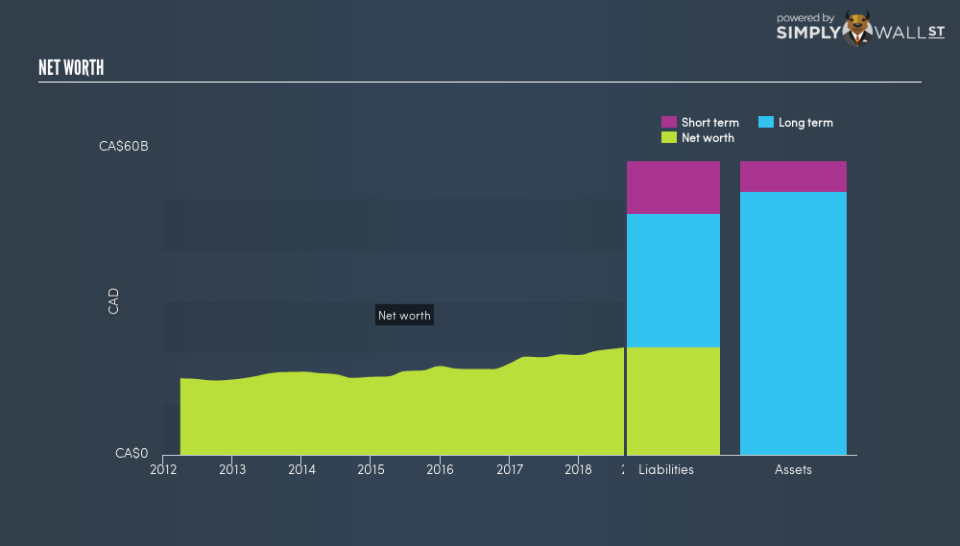Is BCE Inc. (TSE:BCE) Spending Too Much Money?

Two important questions to ask before you buy BCE Inc. (TSE:BCE) is, how it makes money and how it spends its cash. What is left after investment, determines the value of the stock since this cash flow technically belongs to investors of the company. Today we will examine BCE’s ability to generate cash flows, as well as the level of capital expenditure it is expected to incur over the next couple of years, which will result in how much money goes to you.
See our latest analysis for BCE
What is free cash flow?
BCE’s free cash flow (FCF) is the level of cash flow the business generates from its operational activities, after it reinvests in the company as capital expenditure. This type of expense is needed for BCE to continue to grow, or at least, maintain its current operations.
There are two methods I will use to evaluate the quality of BCE’s FCF: firstly, I will measure its FCF yield relative to the market index yield; secondly, I will examine whether its operating cash flow will continue to grow into the future, which will give us a sense of sustainability.
Free Cash Flow = Operating Cash Flows – Net Capital Expenditure
Free Cash Flow Yield = Free Cash Flow / Enterprise Value
where Enterprise Value = Market Capitalisation + Net Debt
BCE’s yield of 2.08% indicates its sub-standard capacity to generate cash, compared to the stock market index as a whole, accounting for the size differential. This means investors are taking on more concentrated risk on BCE but are not being adequately rewarded for doing so.
What’s the cash flow outlook for BCE?
Does BCE’s future look brighter in terms of its ability to generate higher operating cash flows? This can be estimated by examining the trend of the company’s operating cash flow moving forward. In the next few years, the company is expected to grow its cash from operations at a single-digit rate of 8.9%, increasing from its current levels of CA$7.3b to CA$7.9b in two years’ time. Although this seems impressive, breaking down into year-on-year growth rates, BCE’s operating cash flow growth is expected to decline from a rate of 5.8% in next year, to 2.9% in the following year. But the overall future outlook seems buoyant if BCE can maintain its levels of capital expenditure as well.
Next Steps:
Given a low free cash flow yield, on the basis of cash, BCE becomes a less appealing investment. This is because you would be better compensated in terms of cash yield, by investing in the market index, as well as take on lower diversification risk. However, cash is only one aspect of investing. Keep in mind that cash is only one aspect of investment analysis and there are other important fundamentals to assess. I suggest you continue to research BCE to get a better picture of the company by looking at:
Valuation: What is BCE worth today? Is the stock undervalued, even when its growth outlook is factored into its intrinsic value? The intrinsic value infographic in our free research report helps visualize whether BCE is currently mispriced by the market.
Management Team: An experienced management team on the helm increases our confidence in the business – take a look at who sits on BCE’s board and the CEO’s back ground.
Other High-Performing Stocks: If you believe you should cushion your portfolio with something less risky, scroll through our free list of these great stocks here.
To help readers see past the short term volatility of the financial market, we aim to bring you a long-term focused research analysis purely driven by fundamental data. Note that our analysis does not factor in the latest price-sensitive company announcements.
The author is an independent contributor and at the time of publication had no position in the stocks mentioned. For errors that warrant correction please contact the editor at editorial-team@simplywallst.com.

